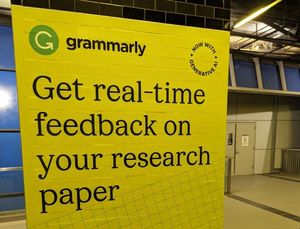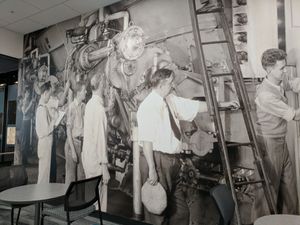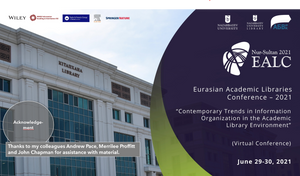So taken was I by William J Mitchell’s comments on the impact of the network and mobile communications on space that I have quoted it here a couple of times already 😉 Here it is …
The fact that people are no longer tied to specific places for functions such as studying or learning, says Mr Mitchell, means that there is “a huge drop in demand for traditional, private, enclosed spaces” such as offices or classrooms, and simultaneously “a huge rise in demand for semi-public spaces that can be informally appropriated to ad-hoc workspaces”. This shift, he thinks, amounts to the biggest change in architecture in this century. In the 20th century architecture was about specialised structures–offices for working, cafeterias for eating, and so forth. This was necessary because workers needed to be near things such as landline phones, fax machines and filing cabinets, and because the economics of building materials favoured repetitive and simple structures, such as grid patterns for cubicles. [The new oases | Economist.com Behind a paywall]
As we are more connected we are better able to ‘micro-coordinate’ our activities, postponing arrangements until they need to be made, conferring with others about what to do next or where to go up, arranging ad hoc rendezvous, checking on a detail or request. This is now routine, and as Mitchell suggests it can change the way in which we think about space. In fact when we talk about the social use of space, it is likely that such uses are also shaped by the network and mobile communications.
I have come across several examples of this recently ….
- Groupfinder is a service provided by NCSU libraries. It helps students ‘micro-coordinate’ their activities across several communications environments ..
GroupFinder is a tool designed to help students let group members know where they are studying in the library. In a building with high use and uneven cellular service coverage, it is often difficult for students to locate a space to work in a group, and it is also challenging for groups to let latecomers know where they are working. GroupFinder is an attempt to solve these problems by providing a low-barrier method for students to broadcast their location in the building. Once an activity is posted to GroupFinder, it is displayed in a number of places:
- The GroupFinder kiosk in the main lobby
- The library’s e-board system
- Any computer with an internet connection
- The Libraries’ mobile site
- The redevelopment of library space is aligned to the “huge rise in demand for semi-public spaces that can be informally appropriated to ad-hoc workspaces” that Mitchell notes. The Guardian recently discussed changing university architectures and the interaction between space and teaching and learning.
“The most convincing new university buildings”, says Neary, “are those where students are given real responsibility for managing and supervising the spaces within which they learn, as well as acting as support for other students’ learning. The Learning Grid at the University of Warwick is the most developed form of this new kind of space.”
Neary was at Warwick before Lincoln. Designed by the university library with architects MacCormac Jamieson Prichard, the Learning Grid is, according to its manager, Rachel Edwards, “a technology-rich, flexible and informal learning environment, open 24/7 with a capacity for 300 people”. Essentially, this is a fusion of a library and a common room. It allows disciplines to cross. It encourages students to help one another as well as themselves. It is generating fresh lines of research. “It’s been breaking down the gap between students and teachers,” says Neary, “with students becoming part of the academic project rather than consumers of dispensed knowledge.” [University architecture shapes up for a revolution]
- I noted Andy Walsh’s talk at Emtacl10 a while ago. I notice that he has a selection of presentations and papers available in the University of Huddersfield repository. Together, they provide a nice overview of various ways in which library spaces and the network experiences of their users can be usefully tied together with QR Codes, mobile communications, and social network services.



